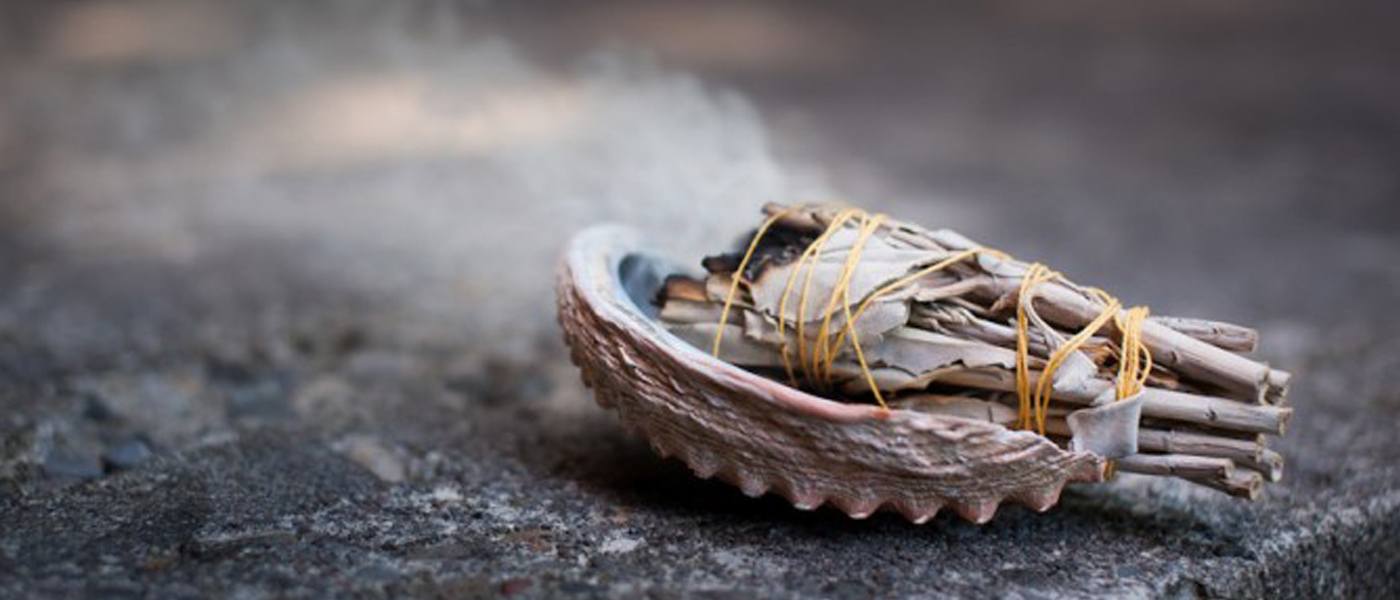
Ritual Spotlight
Burning Sage
The word “sage” stems from the Latin root “salvia,” which means “to heal,” so it’s no coincidence that the wisest beings are often described as “sages.”
We owe much of our understanding of the plant as a sacred, healing ingredient to the longstanding tradition of Native American smudge ceremonies, sometimes called “smoke bowl blessings.” These ceremonies ritualized the act of cleansing one’s spirit and surroundings to cultivate newfound clarity and intuition. On a practical level, smoke can help ward off insects and, in turn, disease. Symbolically, smoke is a means of connecting us to the heavens above, creating a pathway for positive intentions and new beginnings to ascend.
Whether you burn sage before practicing yoga for its sweet, grassy fragrance, or waft a smoky trail throughout your home to ward off negative energy, you’re engaging in an act of spiritual communion rich with history, and that’s a beautiful thing.
We recommend using white sage because it burns more easily. Ensure that your bundle of sage is thoroughly dry, that you have a dish on hand to catch ashes, and avoid inhaling the smoke directly.